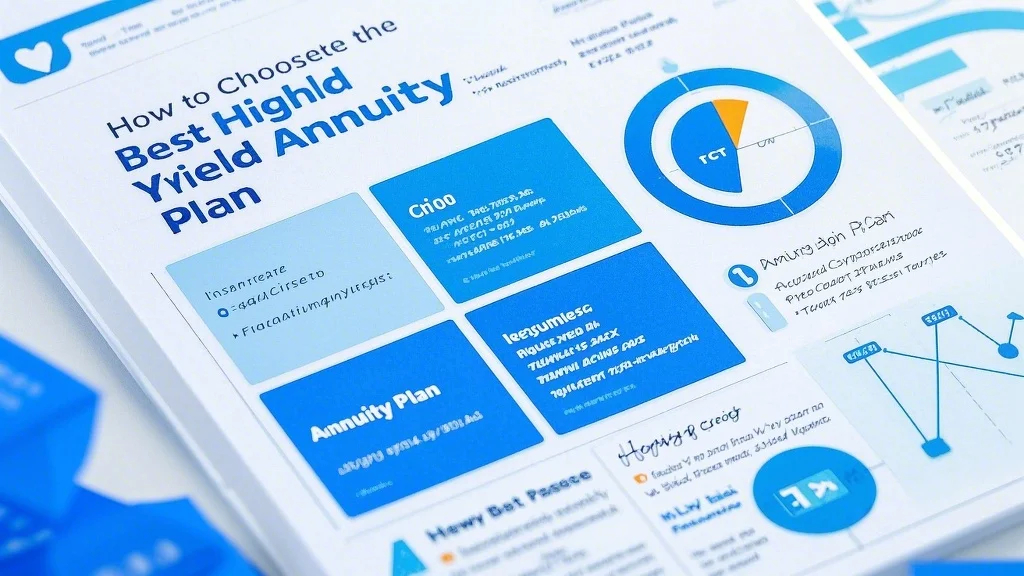In recent years, the global gold market has witnessed a significant transformation. From traditional brick-and-mortar vaults to cutting-edge digital solutions, the way gold is stored is no longer confined to the past. The future of gold storage solutions is being shaped by technological advancements, evolving market dynamics, and a growing emphasis on sustainability.

One of the most notable trends in gold storage is the rise of digitalization. With the advent of blockchain technology, digital gold vaults are gaining popularity among investors and institutions. These virtual storage systems allow users to hold and transfer gold securely without the need for physical custody. Blockchain’s decentralized nature ensures transparency, immutability, and real-time tracking, making it a preferred choice for modern investors.
Moreover, the adoption of prefabricated gold storage solutions is on the rise. These modular units offer a cost-effective and flexible alternative to traditional storage methods. Designed to meet the needs of both individual investors and large institutions, these solutions provide a secure and scalable option for storing gold. With features like biometric authentication, advanced monitoring systems, and remote access, these units are redefining the standards of gold storage security.
Another significant development is the shift toward sustainable practices in gold storage. As environmental concerns grow, the gold industry is exploring eco-friendly storage solutions. From energy-efficient vault designs to carbon-neutral storage facilities, these initiatives aim to minimize the environmental footprint of gold storage. For instance, some storage facilities are now powered by renewable energy sources, reducing their reliance on fossil fuels and aligning with global sustainability goals.
The future of gold storage also hinges on the increasing demand for alternative storage methods. With the rise of exchange-traded funds (ETFs) and other paper-based gold products, many investors are opting for digital and fractional ownership. These innovative approaches allow individuals to own gold without the hassle of physical storage, thereby streamlining the investment process.
In addition, the use of artificial intelligence (AI) and machine learning (ML) is transforming how gold storage is managed. These technologies enable predictive analytics, real-time risk assessment, and automated security measures. By leveraging AI-driven systems, storage facilities can optimize their operations, enhance security, and provide a seamless experience for customers.
As the gold market continues to evolve, the need for innovative storage solutions becomes increasingly apparent. From digital vaults to sustainable practices, the industry is embracing change to meet the demands of a modern, tech-savvy audience.
The future of gold storage solutions is not just about technology; it’s also about security, accessibility, and ethical practices. As the value of gold continues to rise, ensuring the safety and integrity of stored assets is paramount. This is where advanced security measures and innovative storage strategies come into play.
One of the key focus areas in gold storage is enhancing security. With the increasing frequency of cyberattacks and physical breaches, storage facilities are investing in state-of-the-art security systems. Biometric authentication, facial recognition, and multi-factor authentication are becoming standard features in modern gold vaults. Additionally, the use of smart cameras, motion sensors, and automated alerts ensures round-the-clock monitoring, providing an extra layer of protection for stored gold.
Another critical aspect is the use of predictive analytics and risk management tools. By analyzing historical data and market trends, storage facilities can identify potential risks and采取 proactive measures to mitigate them. For example, AI-powered systems can predict geopolitical events, economic fluctuations, or security threats, allowing facilities to prepare accordingly. These tools not only enhance security but also reduce operational costs and improve efficiency.
The rise of decentralized storage solutions is another trend shaping the future of gold storage. Unlike traditional centralized vaults, decentralized systems allow investors to store gold in multiple locations, reducing the risk of loss due to a single point of failure. These systems leverage blockchain technology to ensure transparency and security, making them an attractive option for those seeking greater control over their assets.
Furthermore, the gold storage industry is witnessing a paradigm shift in terms of regulatory compliance and transparency. As governments and regulatory bodies impose stricter guidelines, storage facilities are adopting more transparent and accountable practices. This includes providing detailed reports, real-time updates, and auditable records of stored gold. Such measures not only build trust among investors but also enhance the credibility of the industry.
In addition to these advancements, the future of gold storage is likely to see the rise of green storage solutions. As environmental sustainability gains importance, storage facilities are exploring ways to reduce their carbon footprint. This could include the use of eco-friendly materials, energy-efficient systems, and carbon offset programs. By adopting sustainable practices, the gold storage industry can align with global efforts to combat climate change and promote a greener economy.
Finally, the future of gold storage solutions is also about accessibility. With the growing demand for gold in emerging markets, storage facilities are expanding their reach to cater to a global audience. This includes the development of online platforms, mobile apps, and user-friendly interfaces that allow investors to manage their gold holdings from anywhere in the world.
In conclusion, the future of gold storage solutions is a story of innovation, security, and sustainability. As the gold market continues to evolve, the industry must adapt to meet the changing needs of investors and institutions. By embracing cutting-edge technologies, enhancing security measures, and prioritizing sustainability, the future of gold storage is poised to be more secure, efficient, and environmentally friendly than ever before.
